Originally published April 18, 2019 | Link to original
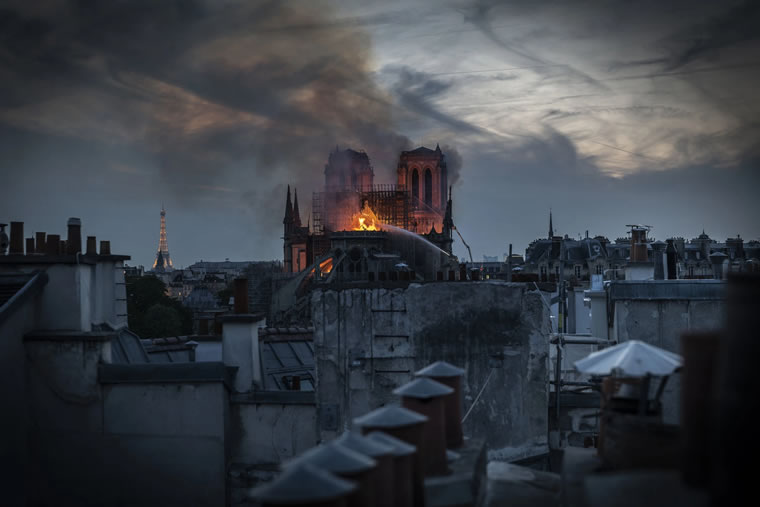
Dear Friend and Reader:
When I first saw Notre Dame Cathedral, I didn’t know what it was. I mean, I knew it was a cathedral, but in Europe, you’re always seeing things like that and they have a way of blending into the scenery — like everything it represents.
I was living on Ile St. Louis during the summer of 2004, as the guest of a Planet Waves reader in a little apartment she loaned me. Every day I would walk across Pont de Sully to Rive Gauche to explore the wider city. One day I stopped on the bridge and looked at the thing, standing there dark and imposing against the horizon, about half a mile away, and said to myself: that is one heck of a gothic cathedral.
Then it occurred to me what it was. It was a funny moment.
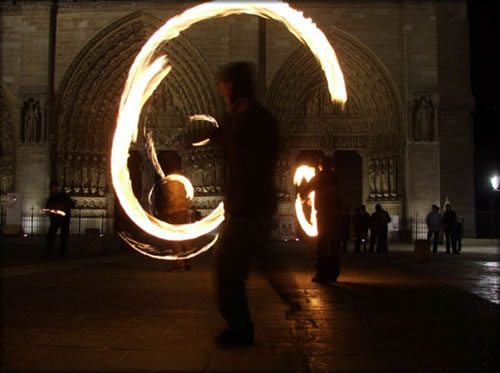
When I settled down in the 5th arrondissement, Notre Dame also happened to be my neighborhood church. I walked past it all the time, almost daily, and visited many times.
I was a regular at Shakespeare & Co., which is right across the street. Those Paris years were early in my photography experience, and it was the perfect subject, or backdrop — so strange and incomprehensible, and enormous, and 850 years ancient. That was my main point of fascination — how long it had been there. There are no buildings that old still in use in the United States, not even close (we have some Pueblo relics in the southwest about that old). For us, a worn-out shopping mall from 1975 is “old.”
Below the cathedral’s courtyard is something called the Archeological Crypt of Paris. It looks like a Metro station, but when you go downstairs, you find yourself in the ruins of an ancient Roman neighborhood, with homes and stores featuring hypocaust heating systems (walls and floors warmed with hot air), and excavated quays (docks) that are now 100 feet back from where the Seine currently flows. Notre Dame is built on the ruins of ancient Rome. You can go down there and see it for yourself.
You just don’t think something like that can burn. It seems like a big pile of stone, for one thing, and it’s been there so long. If it were a fire hazard, it would have gone up already. Heck, it had nearly a thousand years of lightning hitting it, and candles burning inside. And it survived the French Revolution (though it served as the “church of reason” for a while, and I’ve read that the revolutionaries considered tearing it down). It survived Napoleon and World Wars I and II.
If ever I related to a thing that “just is,” it was Notre Dame. I was there for the funeral of Pope John Paul II (televised from the Vatican live on huge projection monitors, both inside and outside). I went to a couple of Christmas events. It’s one of the centers of the world (for fans of The Da Vinci Code, you know it’s one of the two places that the prime meridian has been located).

But, anything can burn. That’s the thing. A collaborator in France wrote to me Monday afternoon and I could barely believe the email, but it looked like a serious fire. Then more serious, then the entire roof was involved, the spire collapsed and — holy fuck. It was a 9/11-like moment, the unthinkable happening.
Finally I got over my shock enough to look for when the fire started. If you follow the mundane astrology sites, you know the time has been squirming around. The first time I had was 6:50 pm. The first question I posed to the chart was, arson or accident? The chart argued for arson.
The second time I got was 6:30 and this skewed the whole intent/arson concept. Tuesday, I saw The New York Times was reporting that there was a fire alarm at 6:20 pm, but it was soon after disregarded, though initially it interrupted mass and the building was evacuated. To my eye, the earlier charts propose a different message — one that speaks to the public interest and issues with wide and deep impact.
In the 6:20 pm chart, the first degree of the cardinal signs occupies all four angles: 38 minutes Libra rising, and Aries setting; 48 minutes Cancer on the 10th and Capricorn on the 4th. That is the Aries Point in full bloom: an event of global stature; the intersection of individual and collective coming in through all four cardinal points, involving a building often thought of as the center of everything.
And that very thing burning: the word for that is ominous.
The Chiron-Salacia-Pholus-Quaoar Pattern
All year in various places, I’ve been describing a new outer-planet pattern that’s been developing in Aries and Capricorn. We are going to be living with this one for a while. But because it involves two centaurs and two Kuiper objects, you’re unlikely to read about it anywhere else (it’s a theme of my 2020 annual readings, covered in detail in Aries and Capricorn).
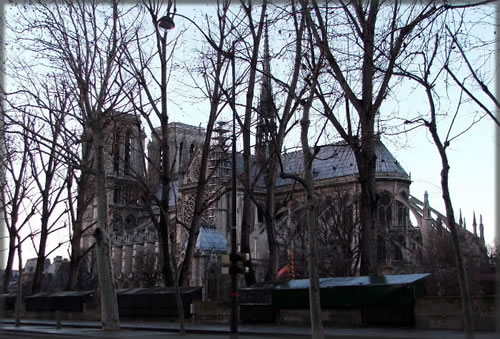
Most of my writing lately has focused on the Saturn-Pluto-Eris pattern in the same signs — what I’m calling the 2020 pattern, which reached its first major peak last week when the Sun made a conjunction to Eris. That was certainly a factor in the Notre Dame fire, though less descriptive than the one that’s being headed by Chiron, the planet of healing, awareness and revelation.
There are five planets involved; I’ll do my best to keep this simple and still illustrate the point. The fifth point is Vesta, which involves fire, sacred spaces, and sacrifices. Vesta (now in Aries) is by far the fastest moving of the group, orbiting in just four years. It moves so fast that it’s now separating from the pattern. The others are slow movers, such as Pluto and Eris, and two centaurs moving very slowly at the moment.
Vesta, in concert with the rest, tells us what this event symbolizes.
Let’s start with Salacia, a slow mover near Pluto’s orbit, named for the consort of Neptune. Salacia sounds a lot like salacious, and when Salacia reached the Aries Point in 2017, soon after we had one salacious scandal after another dominating the news, which went on for nearly a year and a half. The details in the news were so gritty you could invent a genre of porno based on the reporting.
Working from that, I began to delineate Salacia as being associated with the state of sexual maturity, both individual and cultural. I was aware that Chiron was on its way into Aries, and more information would be forthcoming. Whatever Salacia was about, Chiron would soon be shining its bold, disinfectant light on the subject. Currently, the two points are in a conjunction that lasts through 2020.
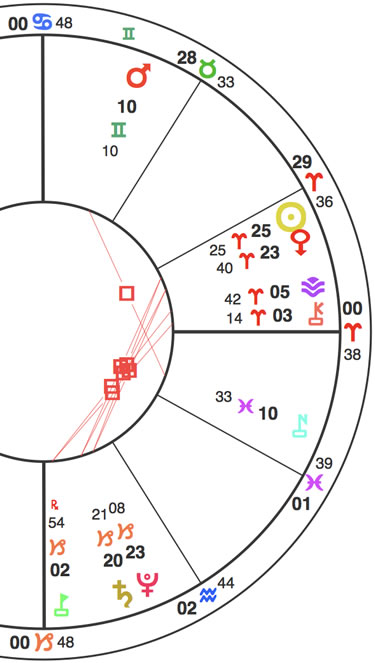
When the “MeToo” meme emerged on the internet and in the news concurrent with Salacia on the Aries Point, I had a number of questions, one of which involved the lack of any stated family connection with any of these circumstances.
The stories all seemed to begin in the middle of people’s lives, and emerging in the corporate realm. I know from decades of working with sexual assault and incest survivors that this is almost never the case. The problems almost always begin at home, in early childhood, and develop over time. For boys, their troubles often begin in the extended family of the church.
This is where the Capricorn angle comes in: it is one of the most crucial signs to understand for any early childhood influences. Two planets were working their way in the direction of Capricorn — Pholus, a centaur similar to Chiron, and Quaoar.
Pholus has the theme of three prior generations (three plus me, so is useful for tracing events back to your great-grandparents’ generation). Pholus is the centaur of the family of origin. Another one of its themes is a pressurized release. It also involves alcohol, particularly the effects of wine.
Quaoar is a slow mover out by Pluto with a family theme, only it goes back to the origin of the tribe (rather than the individual), or the origin of humanity (depending on how you look at it). It’s a planet of creation mythology, initially for the Tongva aborigines of the Los Angeles area, and also in general.
Pholus and Quaoar are now in a very long conjunction. And that conjunction is square Chiron and Salacia, so all four slow-moving points are holding one aspect pattern, for quite a long time. Remnants of this pattern will still be working in 2040 (particularly the Pholus-Salacia square).
For the past week or so, Vesta, the fire goddess, has been passing through the alignment, in Aries. And when Notre Dame burned, this whole pattern was angular: Vesta, Chiron and Salacia on the horizon and Pholus and Quaoar the meridian — making it the most prominent feature in the chart. It is the thing you cannot miss: the fire goddess on the horizon, accompanied by Salacia and Chiron. One of the roles that Vesta serves is to hold space for a healing process, and in particular, a sexual healing process.
Roots of Abuse in Church and Family
Because Aries is so prominent, that invites a close look at its ruler, Mars. Mars is square Nessus. The square is exact to less than one degree. Nessus is famous for its connection to abuse legacy, and for the idea that “the buck stops here.” At its best, Nessus is the point of taking responsibility. Mars is in Gemini, a volatile air sign, in the 9th house, that of religion and cathedrals. This is the rather striking image of a fire in a place of worship.
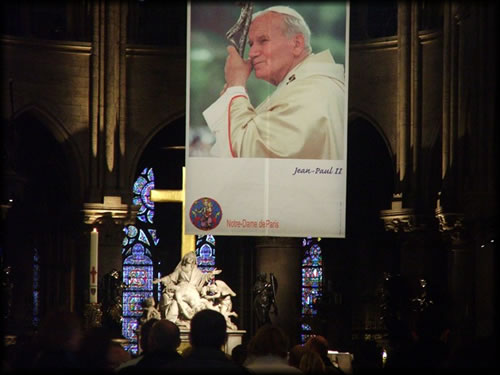
Aries is the sign on the 7th house, and as mentioned, there’s a collection of points packed against the horizon, with the Aries Point (the public-private intersection) fully activated. Those points are Chiron, Salacia and the temporary planet in the pattern — fire goddess Vesta.
Chiron and Vesta are about bringing light and awareness to the sexual issues of Salacia. Vesta is holding space (as it always does), bringing in the fire element directly (rather than by inference of the fire sign Aries). The fire of Vesta is the sacred flame of creativity and sexuality. It is the vital force we all contain.
At the taproot of the chart, right on the 4th house cusp, are Pholus and Quaoar — two planets relating to family. The 4th is where we find a lot of information about family, particularly the patriarchal line (check for connections to real estate). Pholus tends to represent the rapid spread or release, or events that develop quickly. This chart describes something erupting in the realm of family, early childhood and something that looks like one of society’s institutions, represented in this chart by Capricorn.
That is about all the astrology you need — and it is a lot.
Survivors Knew What They Were Seeing
We all know the history of the Roman Catholic Church — the billion dollars paid to sexual assault survivors in the U.S. alone, the recorded worldwide history guarded by Pope Benedict in his prior role, going back to the year 400 or so. (This is formally known as the Prefect of the Sacred Congregation for the Doctrine of the Faith, and formerly known as the “Sacred Congregation of the Holy Office,” the historical Roman Inquisition., i.e., the Holy Inquisition. It still has an office.)
We can’t get in there to read the files, but the infant graves associated with convents across Europe provide a human record.
When we talk about Notre Dame or any cathedral as iconic, nobody says what it’s an icon of. Symbols stand for something else. When we look at the McDonald’s logo or drive past one, people either think of “food,” or of a thousand cows ground up into one hamburger, cholesterol, trans fats and polysaccharides.
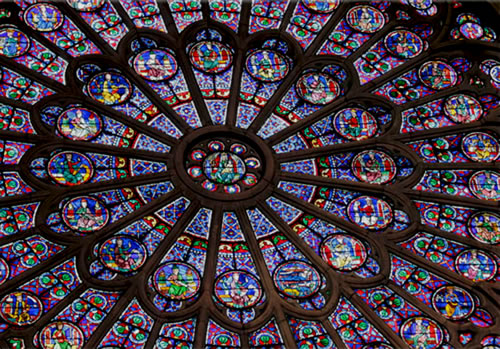
No doubt many people still feel a bonding to “mother church” and deep nostalgia for what it is supposed to represent. The crowds of people singing Ave Maria in Paris as Notre Dame burned illustrate that well.
There are some who believe that “god” is to be found in a cathedral as opposed to somewhere else, and that the Pope alone is infallible and communicates directly with “god.” (The rest of us, we are told, cannot — a contradiction of the notion of the Holy Spirit, conscious divine presence within us all.) These beliefs remain persistent, for some, despite what has happened to so many children, and to so many women who have had their children taken from them, in parishes and convents throughout the world — what has been modestly and accurately described as a global human trafficking network. When the living victims and survivors of that enterprise saw Notre Dame burning, they knew what they were looking at.
Yet the Universal Church is also the source of our society’s anti-sex and anti-woman philosophy: a church that still will not ordain a woman, or allow a male priest to share his life with a family (as all other denominations in the world do, including the Church of England and the Anglican Church, direct derivatives of the Roman Catholics). And this, as we understand, adds up to a lot of twisted expression of sexual and emotional energy; and desperation and loneliness that can bring out the worst in people.
Astrology is not proof of karma. It is, though, a symbolic system to read the deeper nature of events. When we read this chart, what we see burning is not a cathedral, but a global wound to sexuality that has touched or afflicted nearly every person on the planet.
With love,




